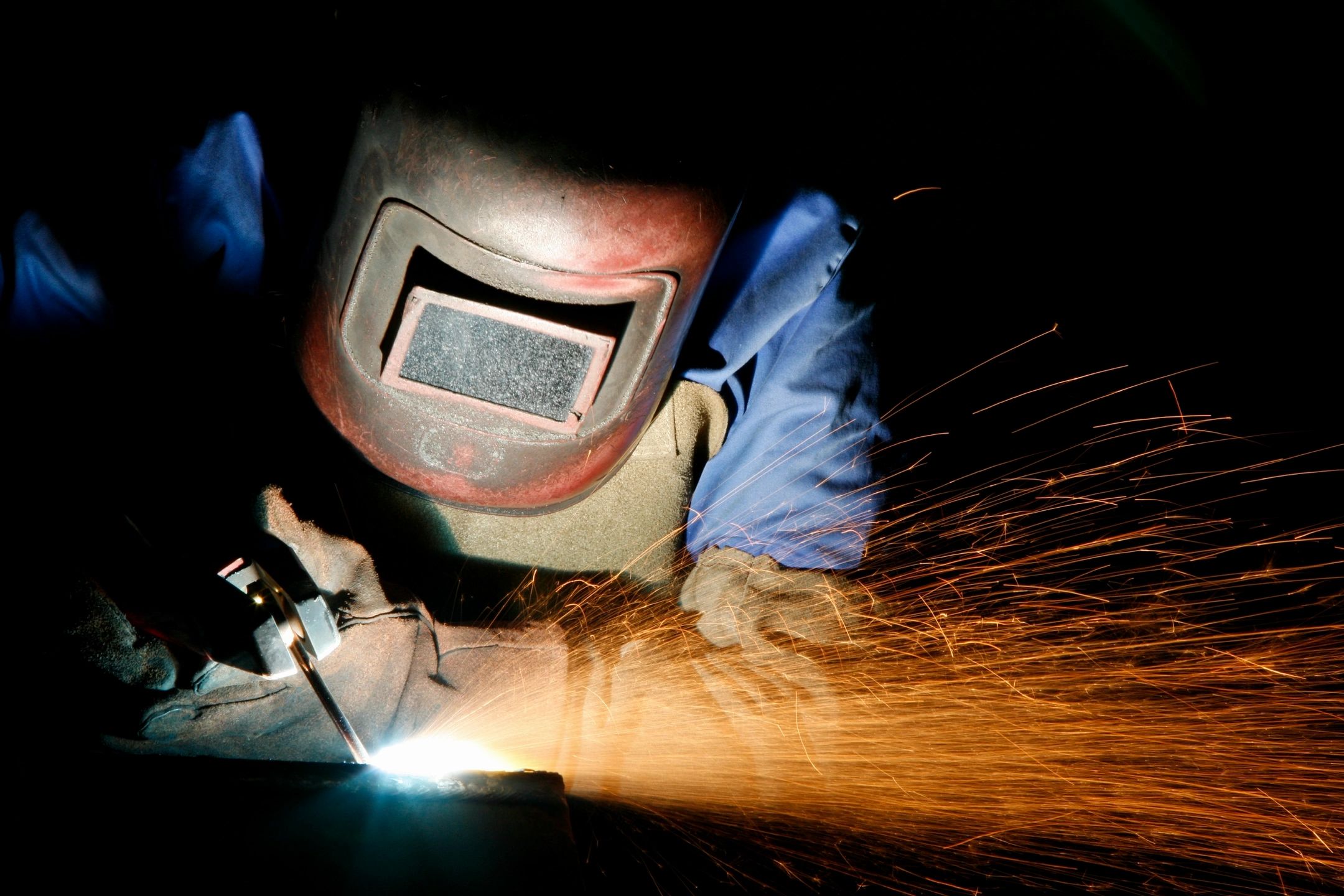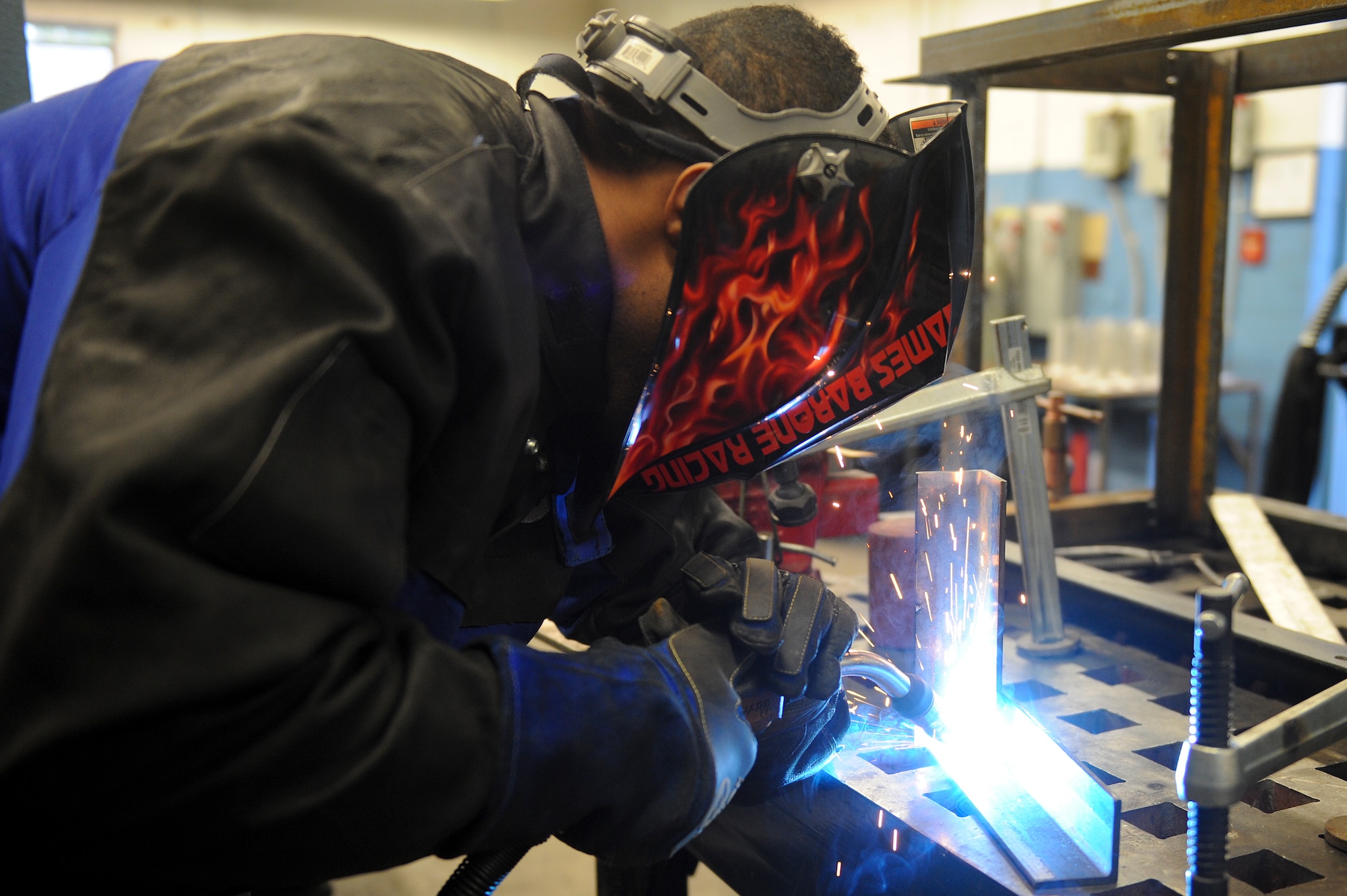Usual Welding Repair Issues and Exactly How to Address Them Efficiently
Welding fixings typically experience a series of issues that can endanger the stability of the final product. Usual problems consist of poor infiltration, porosity, and misalignment, to name a few. Each issue presents unique difficulties that need details methods for resolution. Comprehending these problems is crucial for welders intending to improve their outcomes and skills. This discussion will explore these usual welding fixing problems and effective methods to address them.
Insufficient Penetration
Poor infiltration happens when the weld metal falls short to totally fuse with the base material, resulting in weak joints and prospective structural failures. This concern typically stems from inadequate heat input, wrong electrode angle, or improper welding speed. Welders might experience poor penetration due to a mistake of the needed parameters for a details material density or kind. Furthermore, contamination on the base material's surface area can hinder efficient bonding, intensifying the trouble. To resolve insufficient penetration, welders ought to guarantee proper setups on their tools and maintain a tidy work surface. Normal examination of welds is advised to determine any kind of deficiencies early, enabling timely modifications and the prevention of compromised structural integrity in bonded assemblies.
Porosity
Porosity is an usual flaw in bonded joints that materializes as small gas bubbles trapped within the weld steel. This issue can compromise the honesty of the weld, bring about reduced toughness and prospective failure under stress. Montana Mobile Welding and Repair Belgrade Welding. Porosity usually occurs from contamination, dampness, or inappropriate welding strategies, which enable gases to leave into the liquified weld swimming pool. To resolve porosity, welders should assure appropriate surface preparation, maintain a clean working atmosphere, and use appropriate welding specifications. Additionally, picking the best filler product and securing gas can reduce gas entrapment. Regular evaluation and testing of welds can assist determine porosity early, assuring timely restorative actions are taken, thereby protecting the high quality and integrity of the welded framework
Imbalance
Misalignment in welding can arise from different factors, consisting of inappropriate configuration and thermal development. Understanding the origin creates is important for efficient resolution. A number of improvement strategies are available to straighten elements and assure architectural honesty.
Root causes of Imbalance
Welding imbalance commonly comes from a range of underlying issues that can endanger architectural honesty. One main cause is inappropriate fit-up of parts before welding, which can lead to spaces and unequal surfaces. Variants in thermal growth throughout the welding procedure can also result in distortion, specifically if the products being joined have various coefficients of growth. Additionally, poor securing and fixturing might fall short to hold parts safely in place, resulting in motion throughout welding. Poorly maintained equipment, including welding equipments and tools, may present variances in the weld bead, additional adding to misalignment. Ultimately, driver error, originating from not enough training or experience, can also play a substantial duty in producing misaligned welds.
Improvement Methods Available
Resolving imbalance effectively requires a combination of rehabilitative strategies customized to the specific concerns at hand. One usual technique is making use of jigs or fixtures to hold elements in the right placement during welding, making sure constant positioning. Furthermore, preheating the products can aid reduce distortion and improve fit-up. For considerable misalignment, mechanical adjustment methods, such as using hydraulic jacks or clamps, can be used to deal with the setting prior to welding. Post-weld warmth therapy might additionally be essential to ease anxieties brought on by imbalance. Mindful assessment and adjustment during the arrangement phase can avoid misalignment concerns from coming to be significant problems, advertising a smoother welding procedure and enhancing overall structural stability.
Distortion
Distortion is a typical difficulty in welding that can arise from different elements, including uneven cooling and heating. Understanding the root causes of distortion is crucial for carrying out efficient avoidance strategies. Addressing this concern not only enhances architectural integrity however likewise boosts the general top quality of the weld.
Sources of Distortion
When based on the intense warmth of welding, materials commonly undergo adjustments that can bring about distortion. This phenomenon largely develops from thermal growth and tightening throughout the welding procedure. As the weld area heats up, the material broadens; upon cooling, it contracts, which can develop internal stress and anxieties. Additionally, unequal heating across a work surface can worsen these anxieties, leading to bending or flexing. The kind of material also plays a significant function; steels with differing thermal conductivity and coefficients of expansion may react in a different way, causing uncertain distortions. Additionally, poor joint style and inadequate fixturing can contribute to misalignment during welding, raising the possibility of distortion. Comprehending these reasons is crucial for efficient welding repair service and avoidance strategies.
Prevention Techniques
Effective avoidance methods for distortion during welding emphasis on controlling warmth input and guaranteeing appropriate joint layout. Keeping a consistent heat input assists to decrease thermal expansion and contraction, which can lead to distortion. Utilizing methods such use this link as pre-heating the work surface can additionally reduce the temperature gradient, advertising consistent home heating. Additionally, picking appropriate joint designs, such as T-joints or lap joints, can boost security and decrease anxiety concentrations. Executing correct fixturing to secure the workpieces in place better aids in maintaining positioning throughout the welding procedure. Staggered welding series can distribute warm extra equally, protecting against localized distortion. By using these methods, welders can greatly reduce the chance of distortion and improve the general top quality of their welds.
Breaking
Breaking is a typical problem come across in welding fixings, frequently arising from different aspects such as inappropriate cooling prices, product option, or poor joint preparation. The incident of cracks can greatly jeopardize the integrity of the weld, causing possible failures throughout operation. To address this problem, welders have to initially evaluate the origin, guaranteeing that materials work and suitably picked for the certain application. In addition, regulating the air conditioning price throughout the welding procedure is essential; fast cooling can generate stress and anxiety and lead to breaking. Proper joint design and preparation also add to minimizing the risk. Implementing these approaches can improve weld quality and sturdiness, eventually lowering the likelihood of fracturing in completed weldments.

Insufficient Fusion
A significant issue in welding fixings is incomplete blend, which happens when the weld steel does not adequately bond with the base material or previous weld passes - Montana Mobile Welding and Repair. This issue can result in weak points in the joint, possibly endangering the integrity of the bonded framework. Factors adding to insufficient fusion include inadequate heat input, inappropriate welding strategy, and contamination of the surfaces being signed up with. To resolve this issue effectively, welders need to ensure appropriate pre-weld cleansing and surface click this link area preparation, as well as change their welding specifications to achieve adequate penetration and fusion. Regular assessment during the welding process can additionally help determine incomplete blend early, permitting timely corrective procedures to improve the overall quality of the weld
Overheating
While welding repair services can enhance architectural integrity, overheating provides a significant challenge that can result in material destruction. Excessive warmth during welding can modify the mechanical properties of steels, resulting in reduced toughness, boosted brittleness, and warping. This sensation is specifically essential in high-stress applications where structural integrity is extremely important. Recognizing overheating can involve aesthetic assessments for discoloration or distortion, along with keeping an eye on temperature during the welding process. To alleviate the dangers connected with overheating, welders must utilize ideal methods, such as regulating warmth input, changing traveling rate, and utilizing suitable filler materials. get redirected here Additionally, executing pre- and post-weld warmth therapies can help restore material buildings and enhance the general quality of the fixing, making certain long-term efficiency and safety and security.
Often Asked Questions
What Are the Usual Indicators of a Welding Problem?

Exactly How Can I Evaluate My Welds for Top quality?
To evaluate welds for top quality, one can use aesthetic evaluations, ultrasonic testing, and radiographic approaches. Each strategy ensures architectural integrity, identifies problems, and confirms adherence to defined criteria, inevitably boosting the integrity of the bonded joints.
What Safety Precautions Should I Take While Welding?
When welding, one should focus on security by using suitable personal protective tools, ensuring appropriate ventilation, safeguarding flammable materials away, maintaining a clean work area, and being conscious of environments to stop mishaps and injuries.
Can I Repair a Weld Without Redoing the Entire Joint?
Fixing a weld without renovating the whole joint is feasible, depending upon the damages (Montana Mobile Welding and Repair Belgrade). Methods such as grinding, adding filler material, or using a welding process can effectively deal with certain flaws while maintaining the surrounding structure
What Devices Are Crucial for Efficient Welding Fixes?
Important devices for effective welding repair work consist of a welding device, cord brush, grinder, safety gear, clamps, and filler products. Each device plays a crucial role in making certain quality and safety and security during the fixing procedure. Porosity typically develops from contamination, dampness, or incorrect welding strategies, which allow gases to get away right into the molten weld pool. Badly kept tools, including welding machines and devices, might present disparities in the weld grain, more contributing to misalignment. When subjected to the intense warmth of welding, materials frequently undertake changes that can lead to distortion. Splitting is a common concern come across in welding fixings, frequently resulting from numerous elements such as incorrect cooling prices, product option, or poor joint preparation. A substantial problem in welding repair services is incomplete combination, which happens when the weld metal does not sufficiently bond with the base material or previous weld passes.